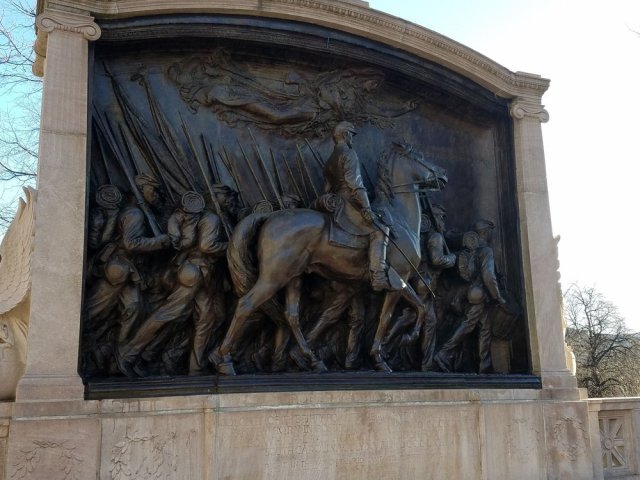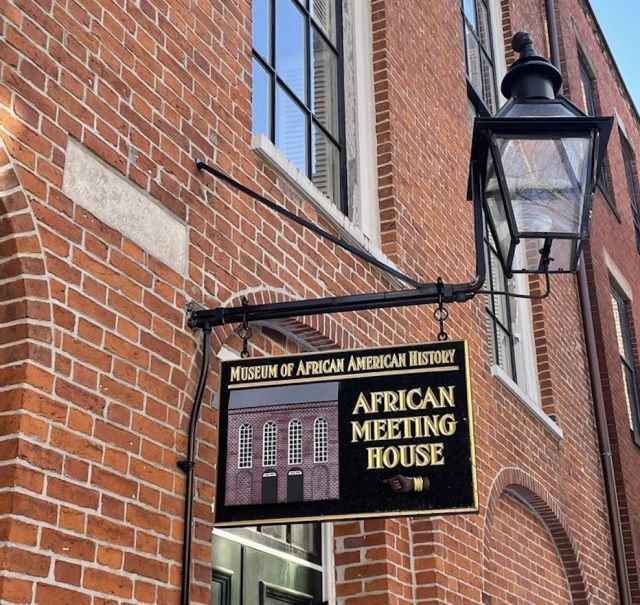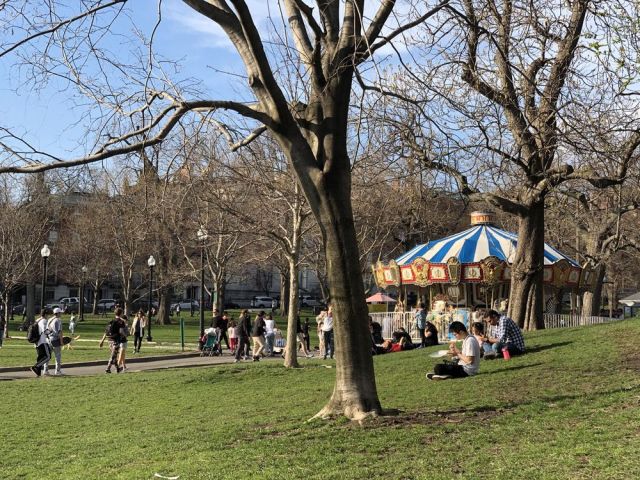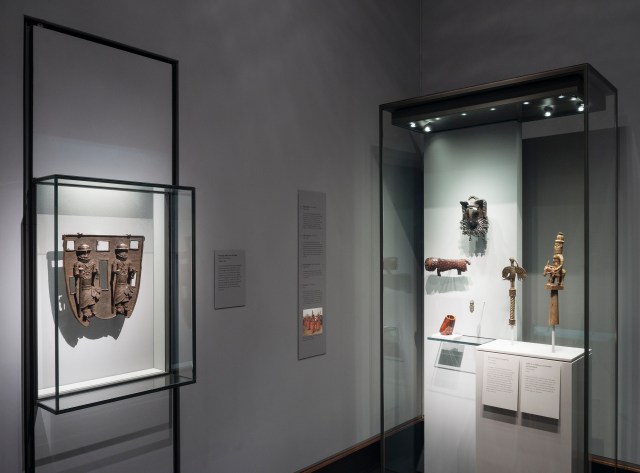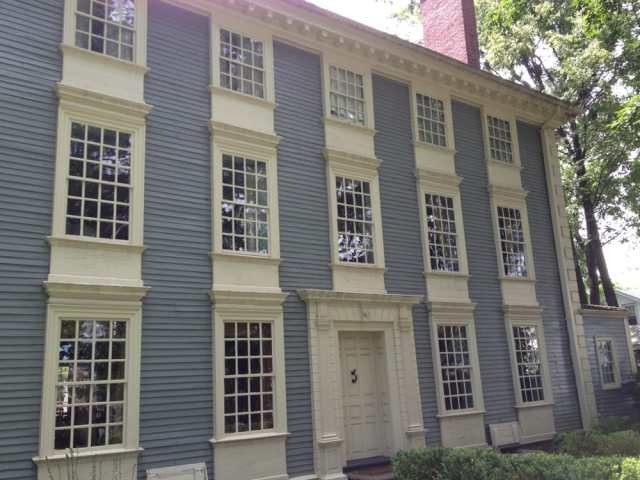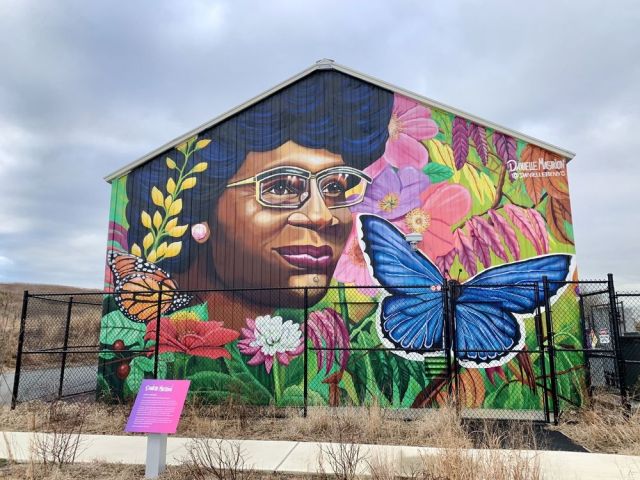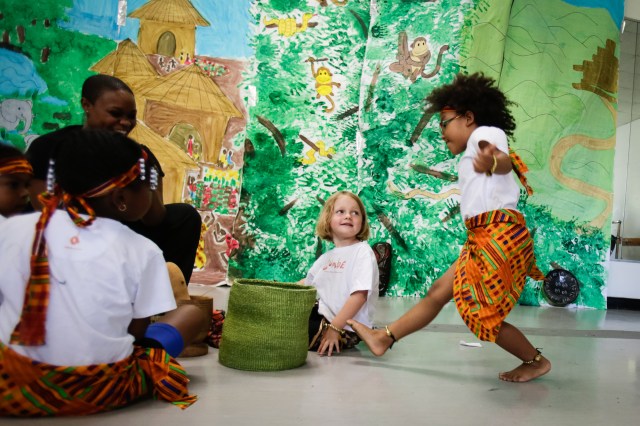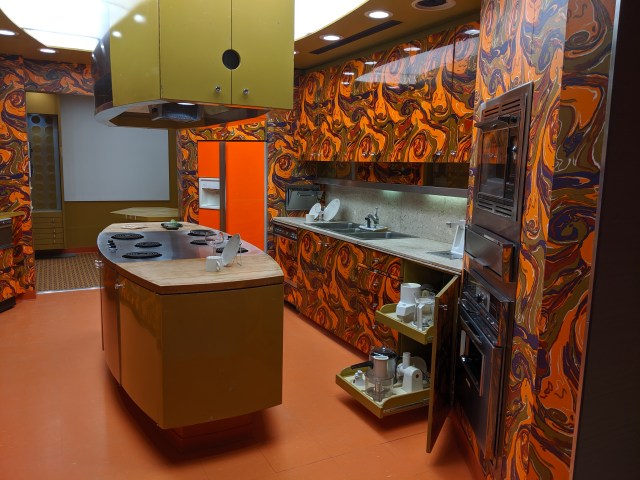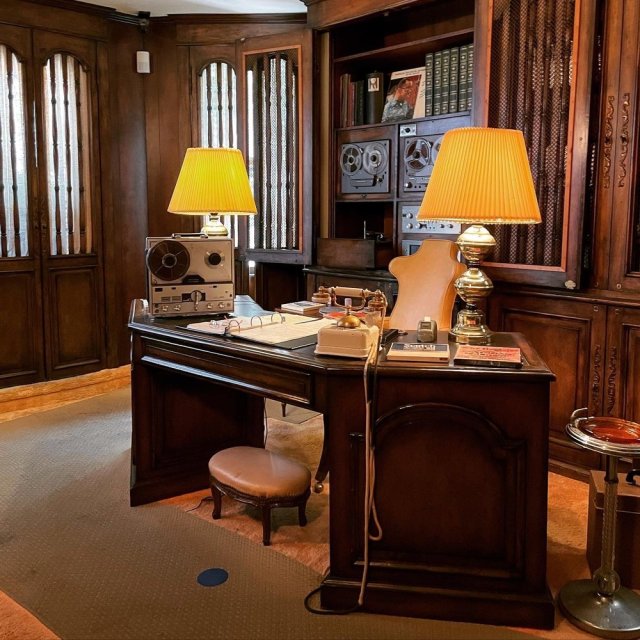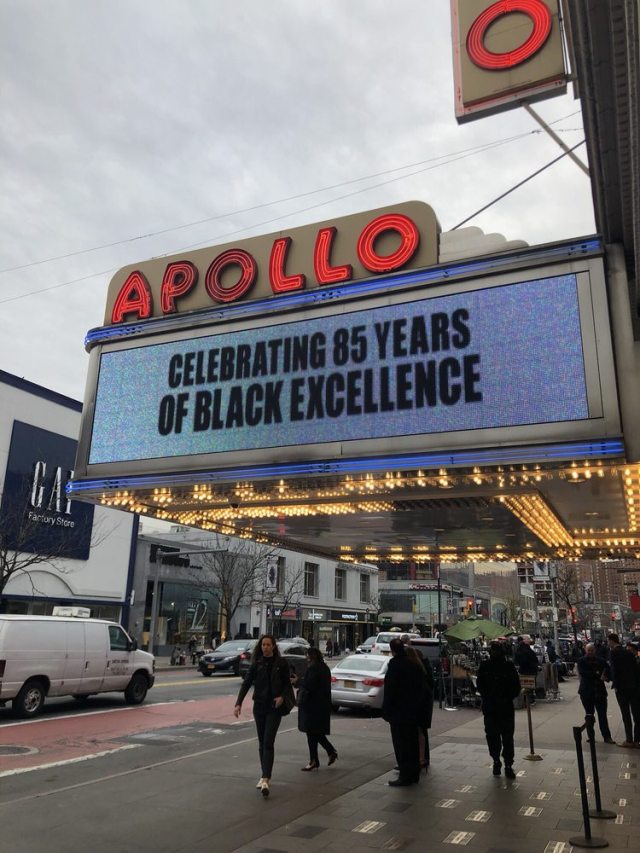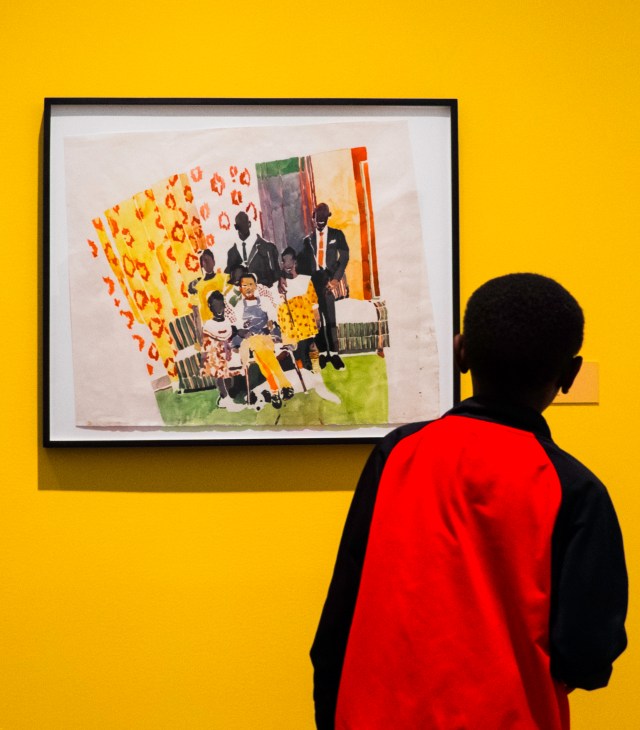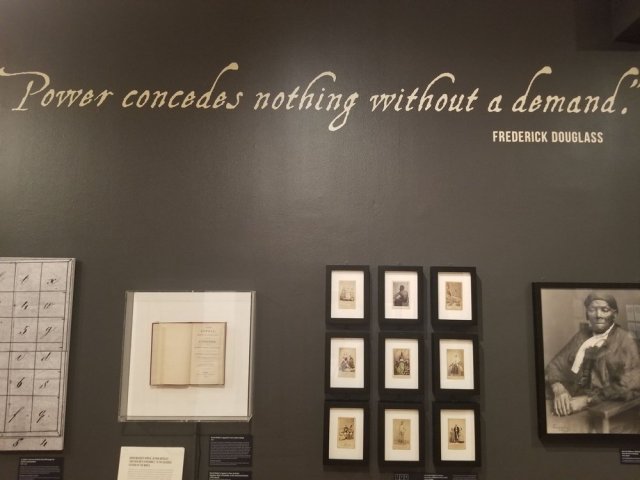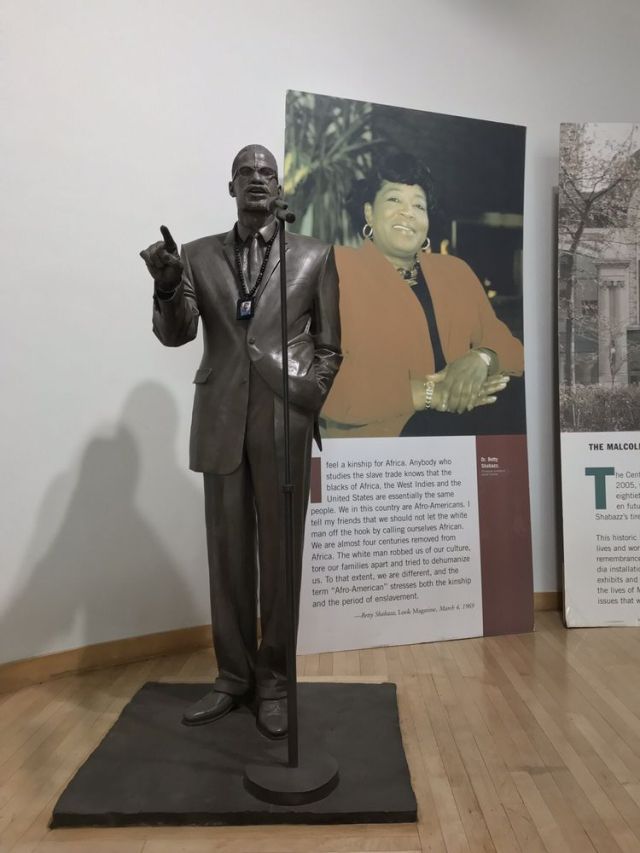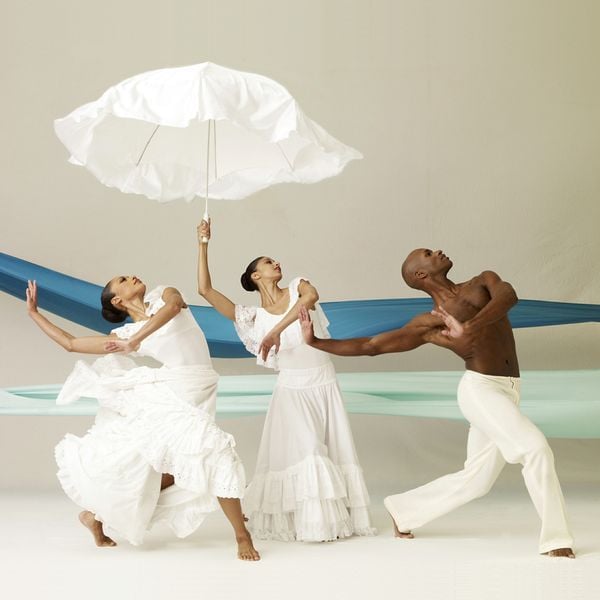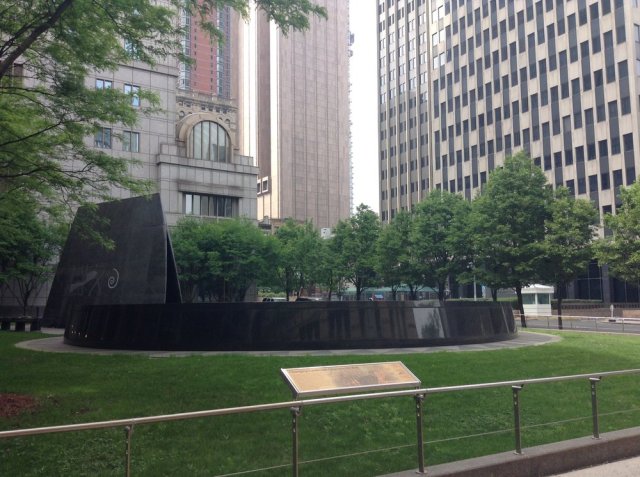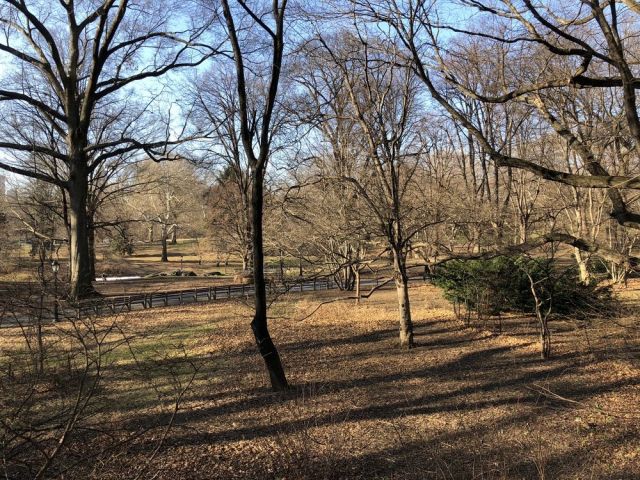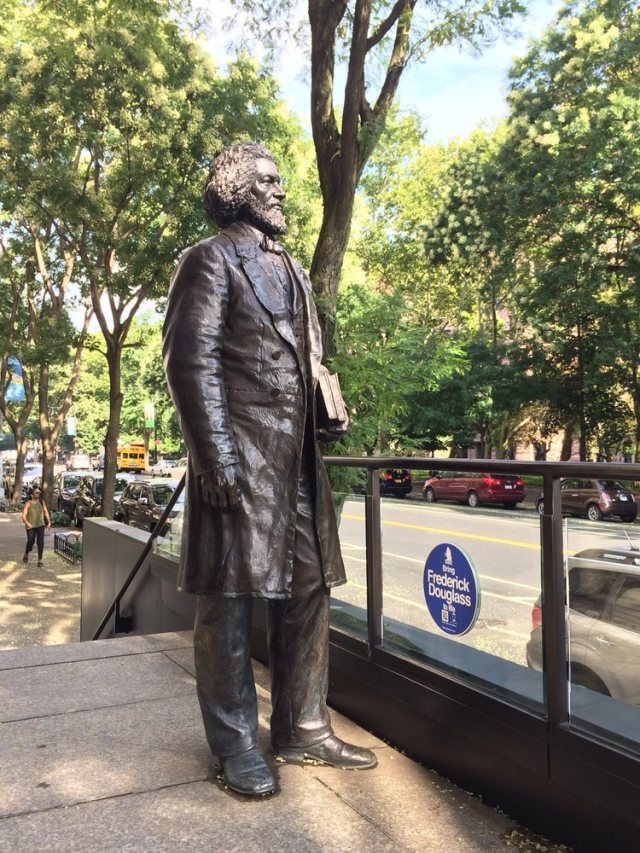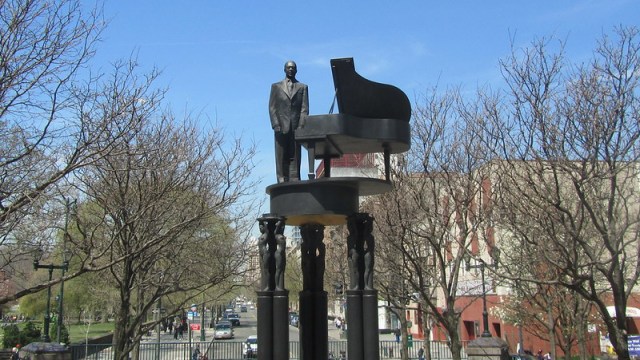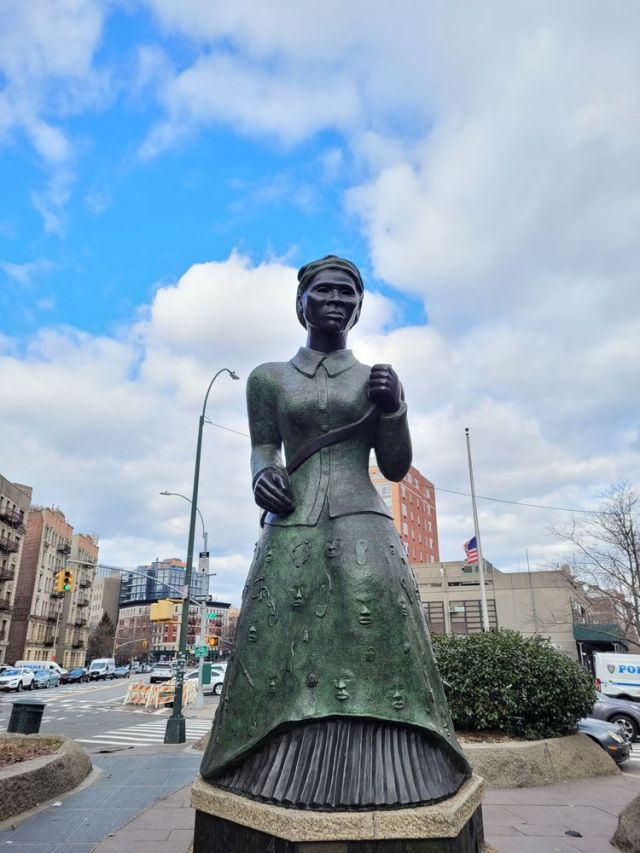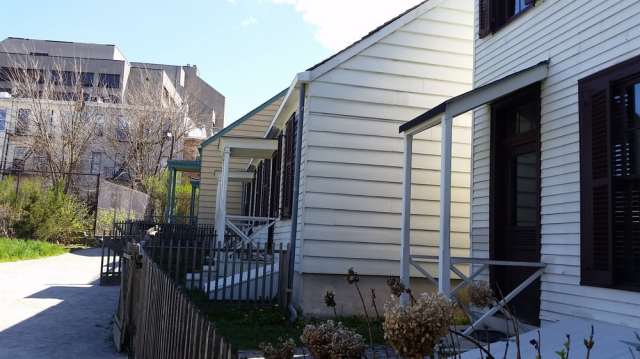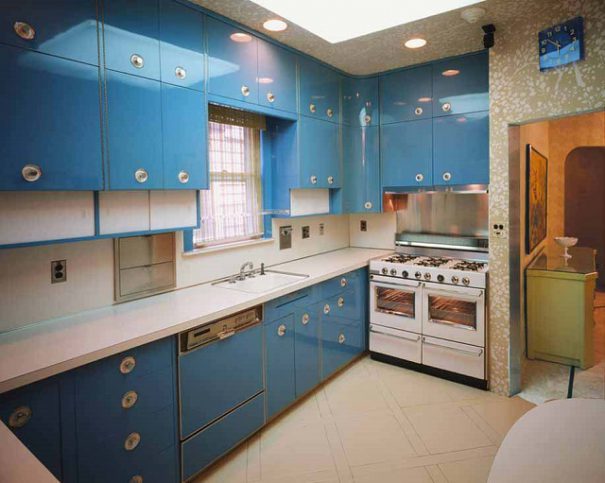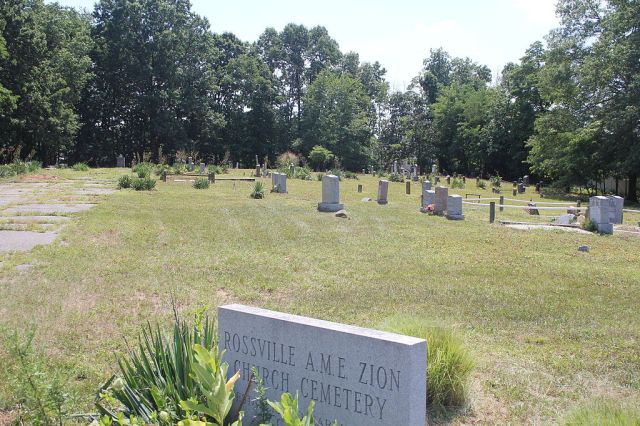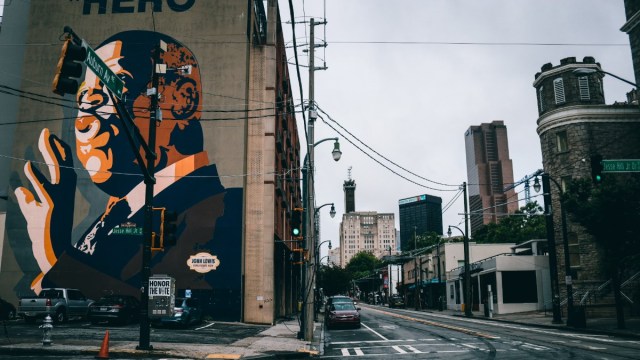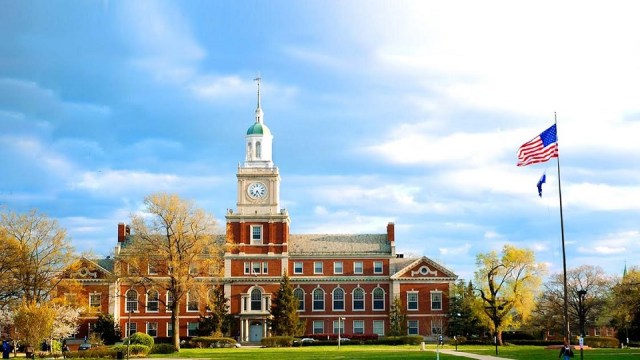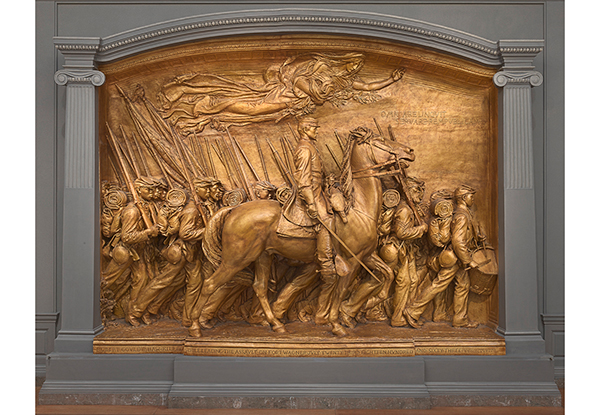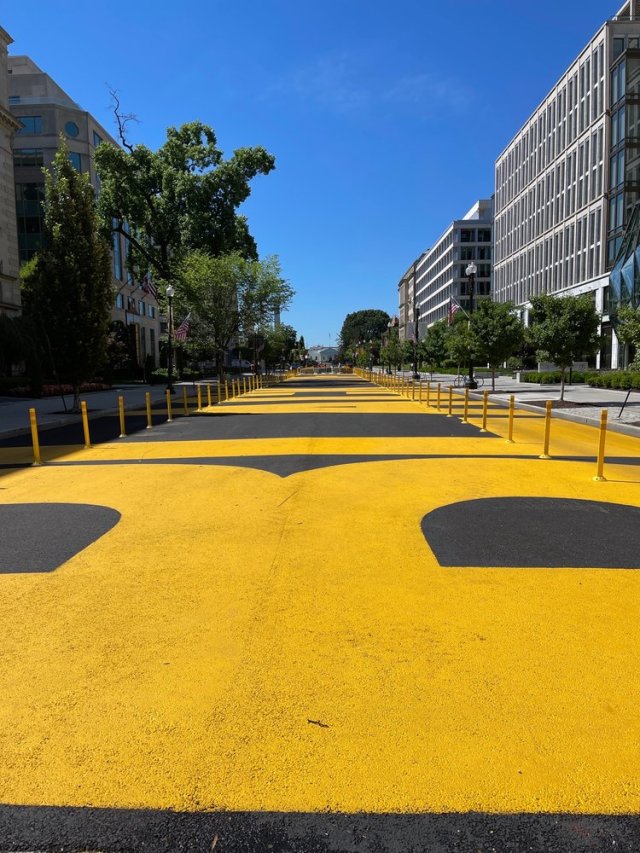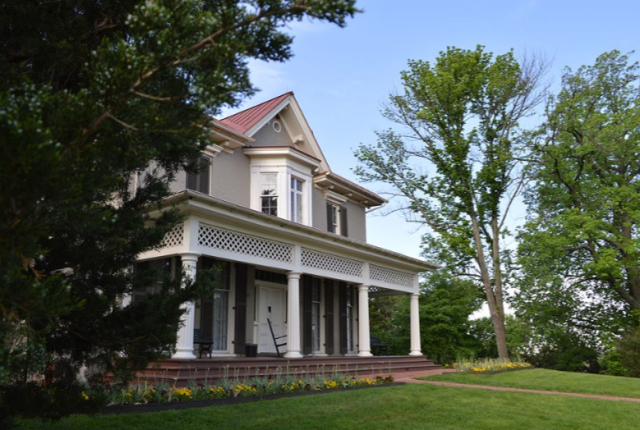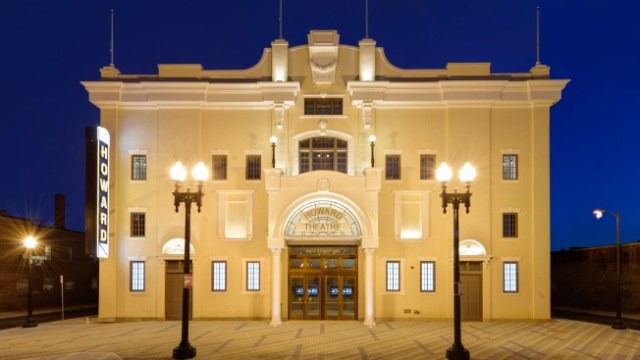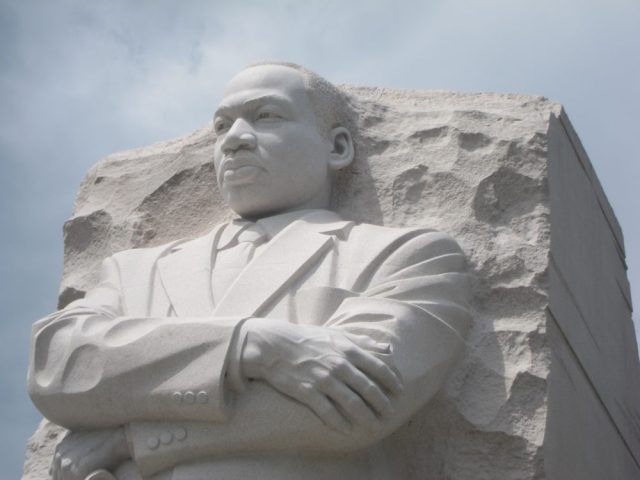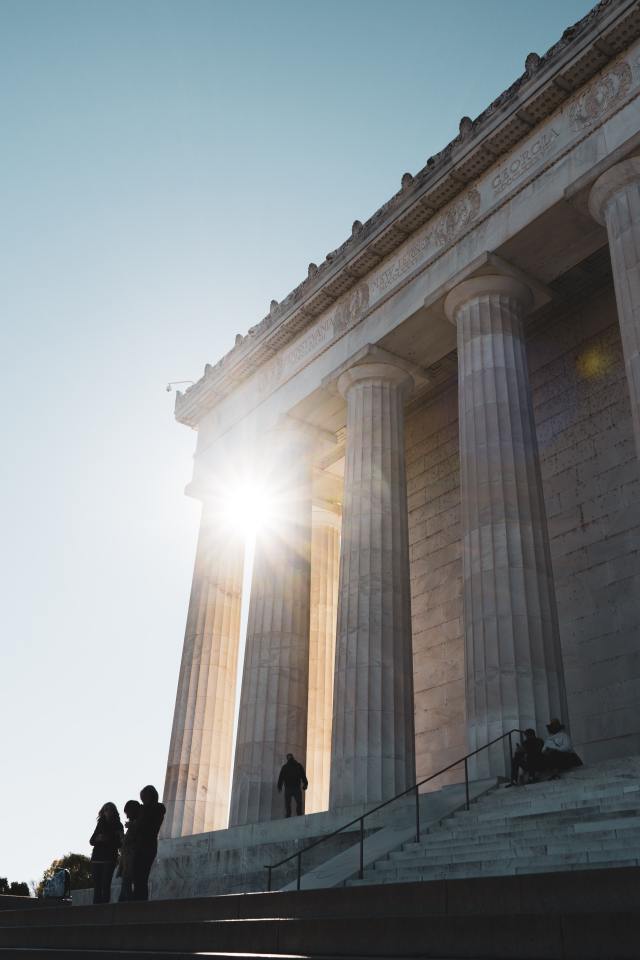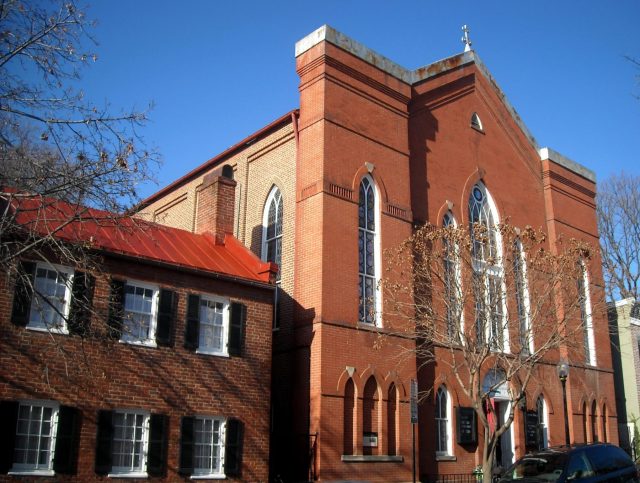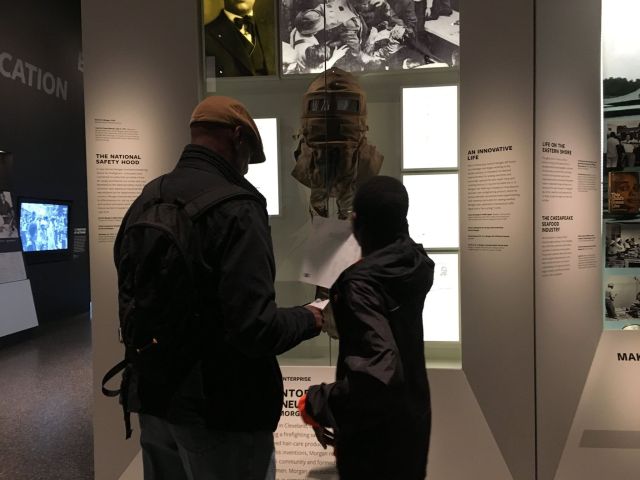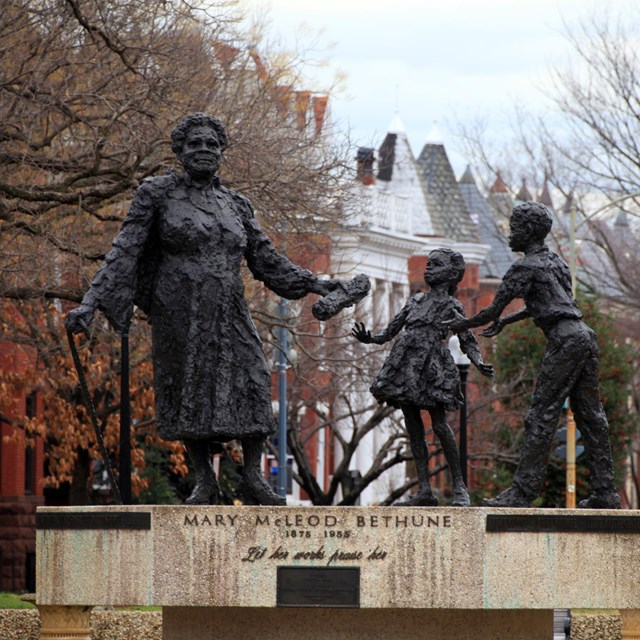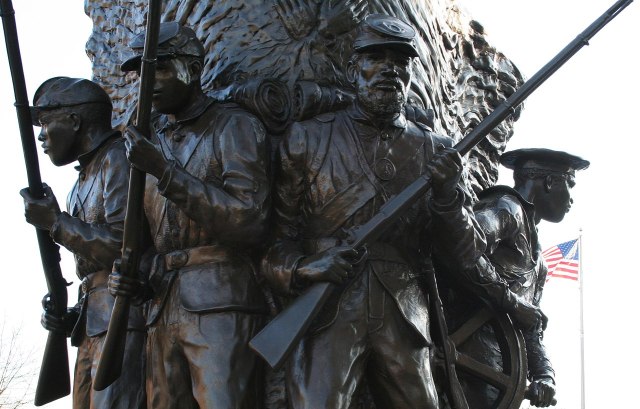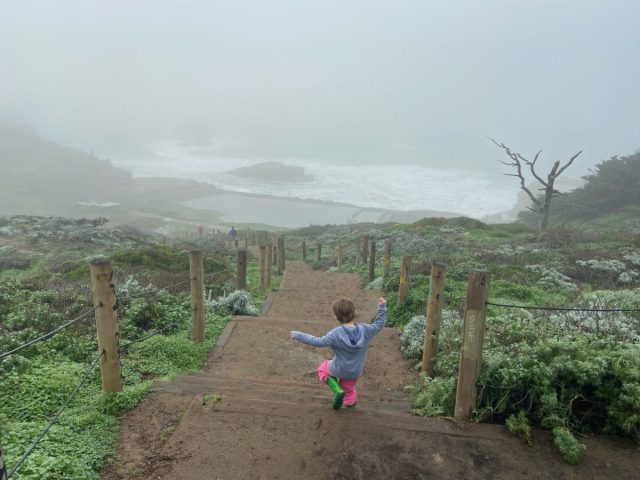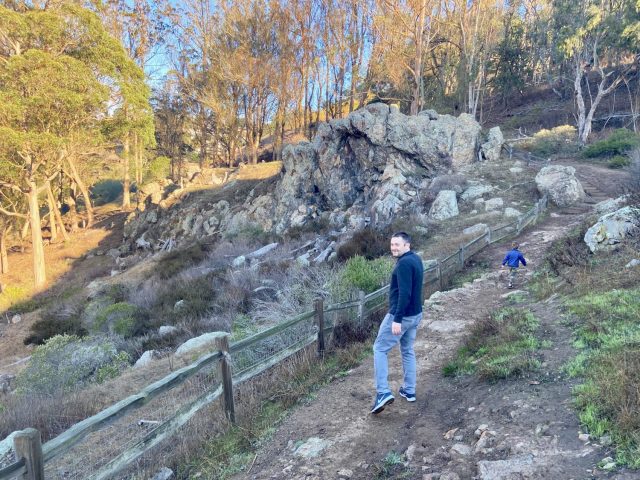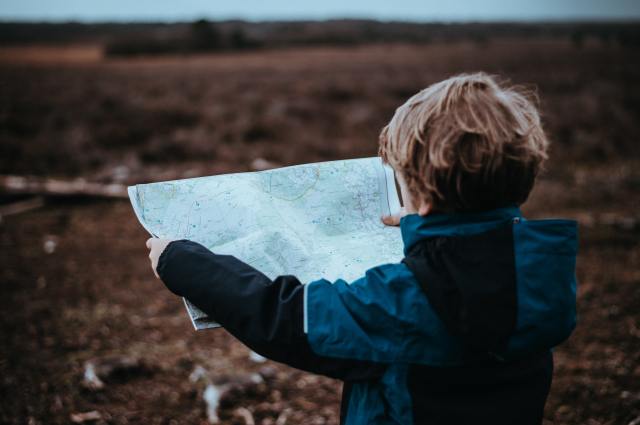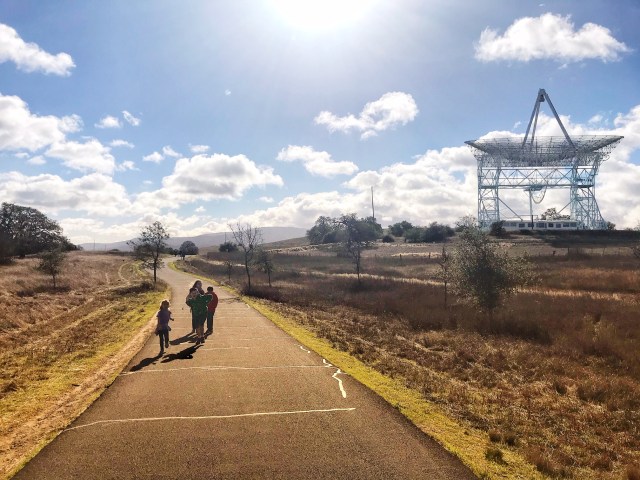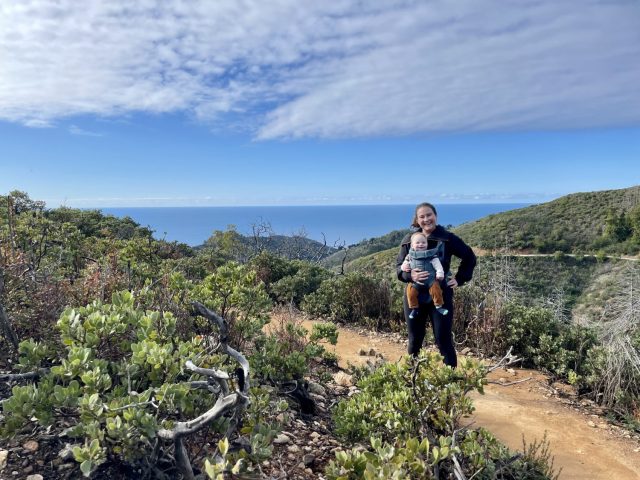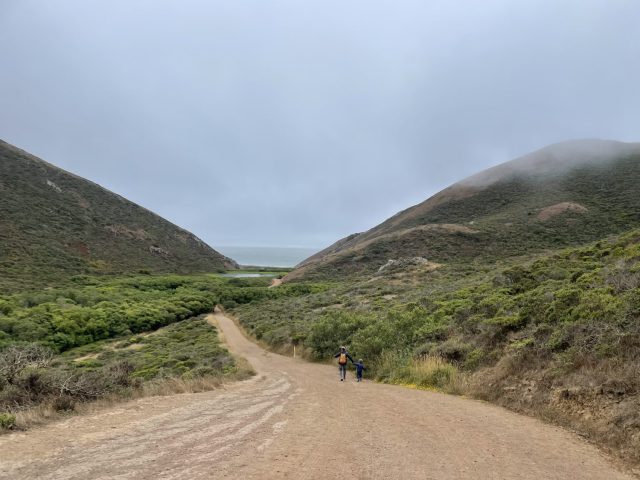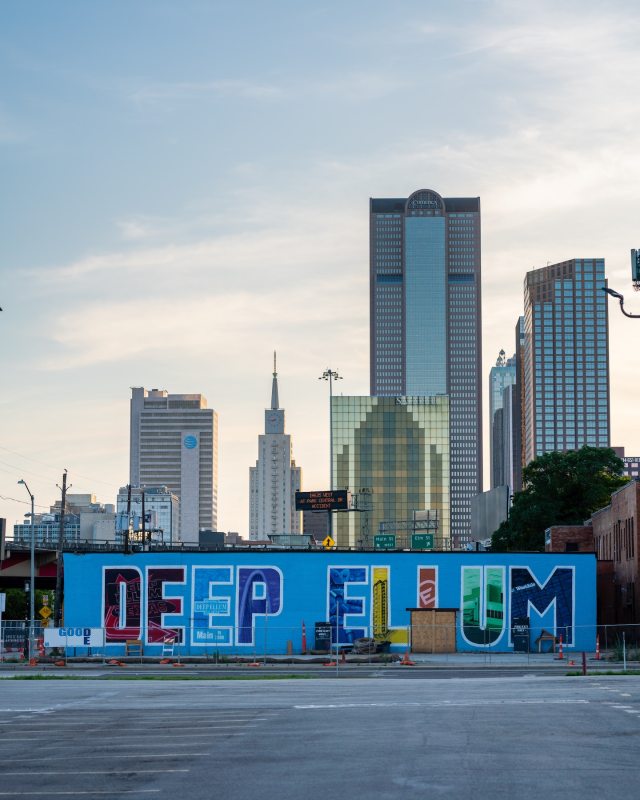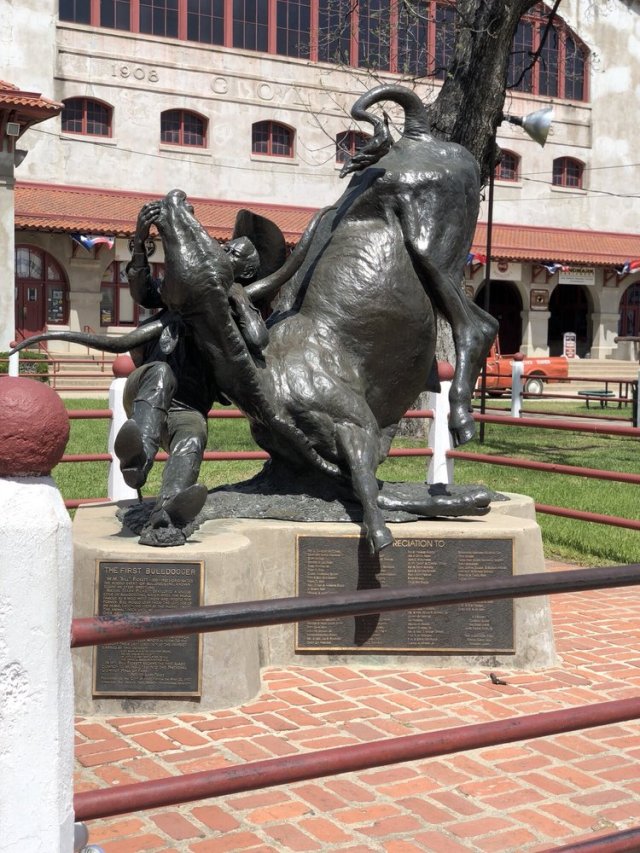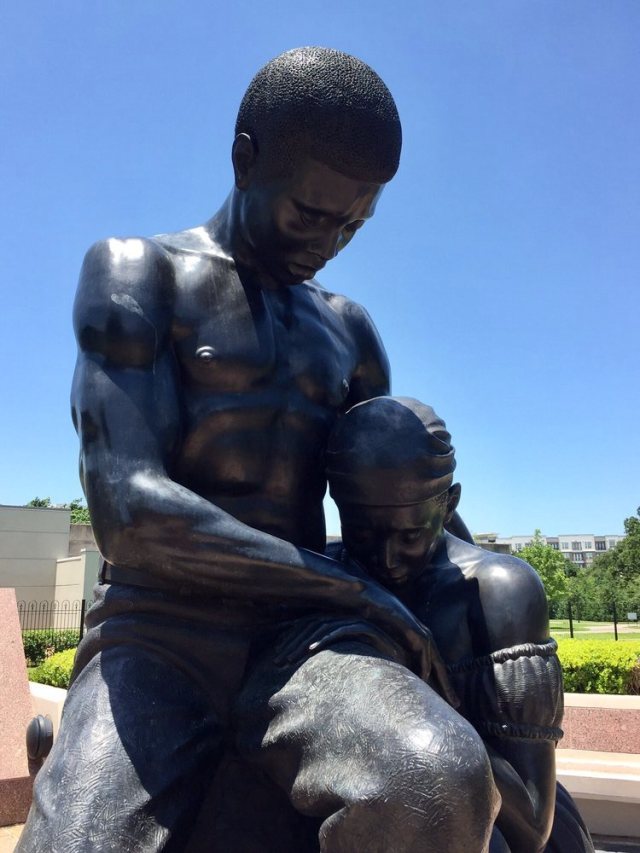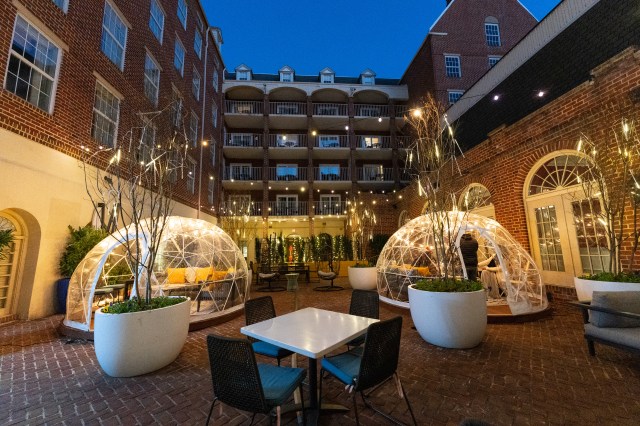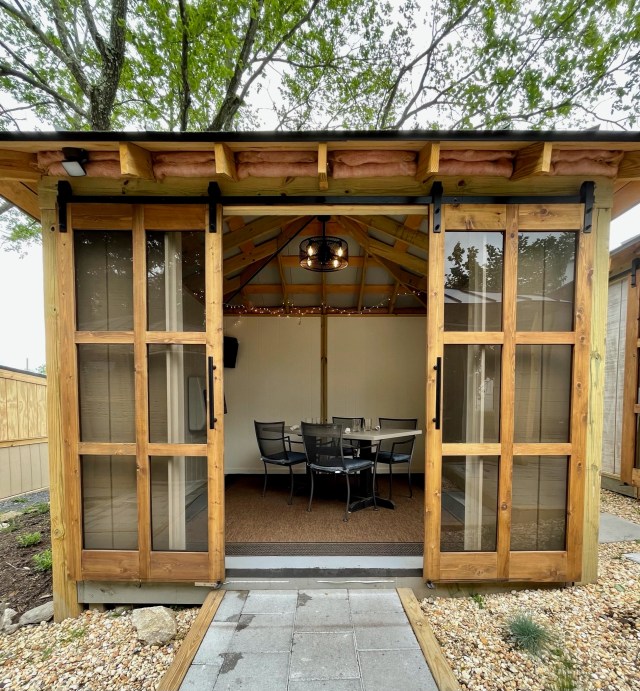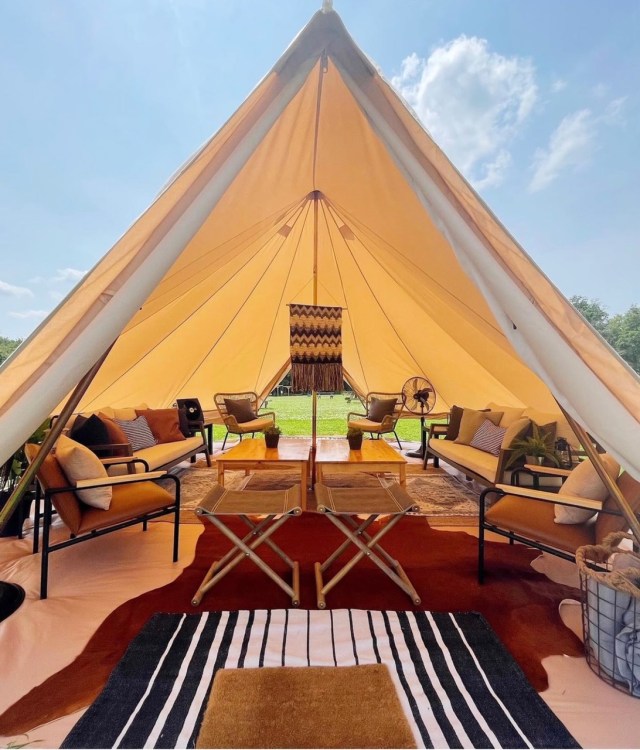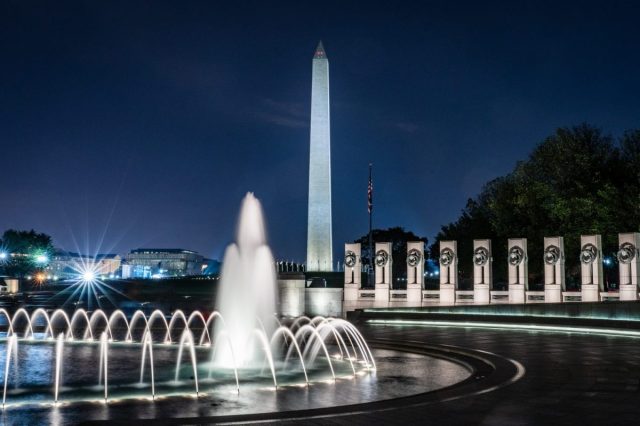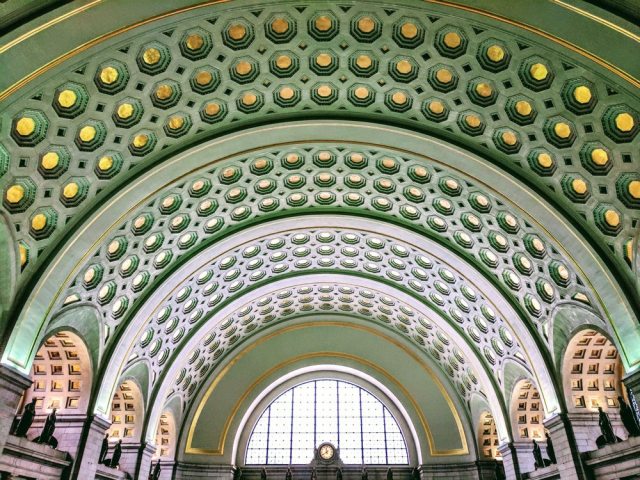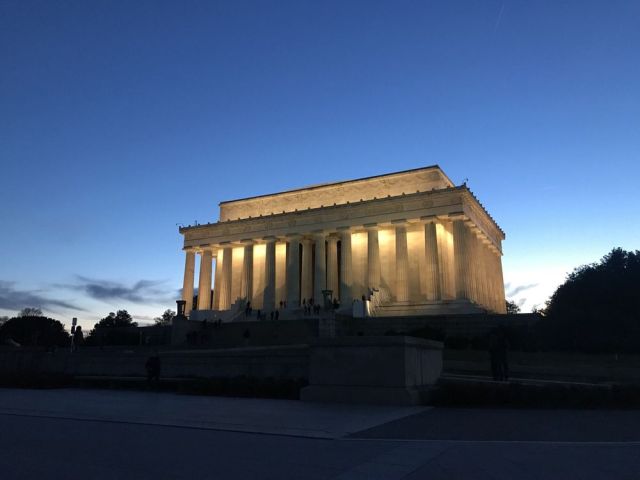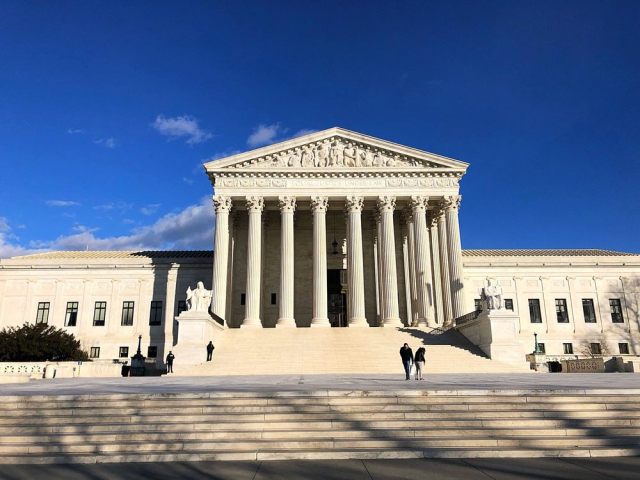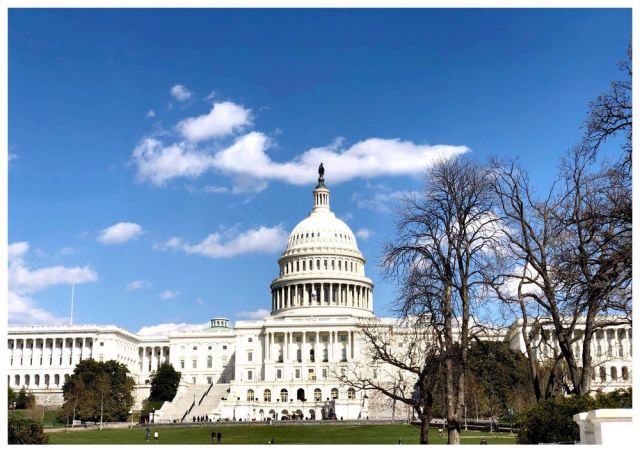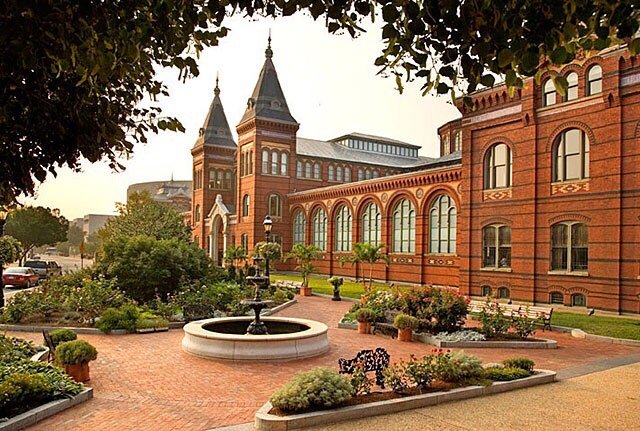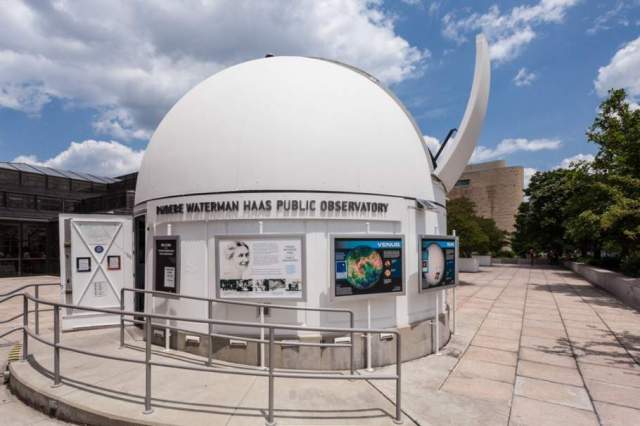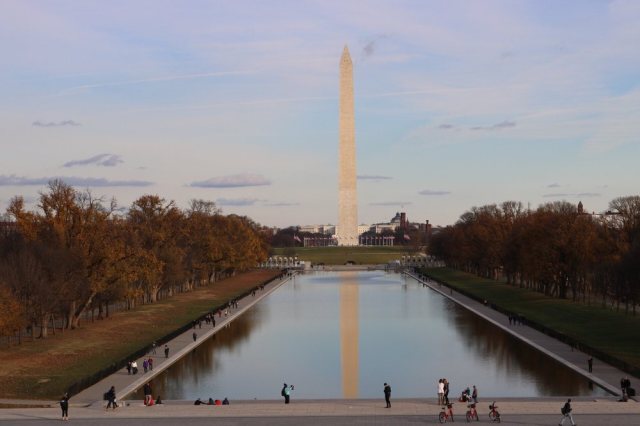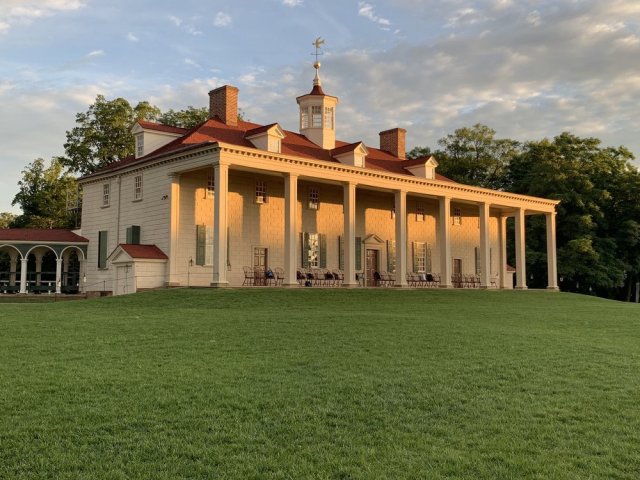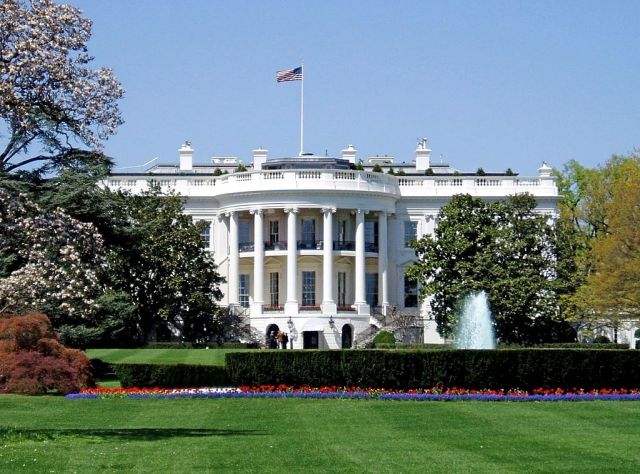There’s no time like the present to learn about our nation’s past. Lucky for you, we know of a few places that are not only fascinating and rich in history, but a lot of them provide plenty of fun too. From a replica Oval Office to JFK’s kid-friendly presidential library, keep reading to discover the best places to learn about the president of the United States.
George Washington’s Mount Vernon, VA
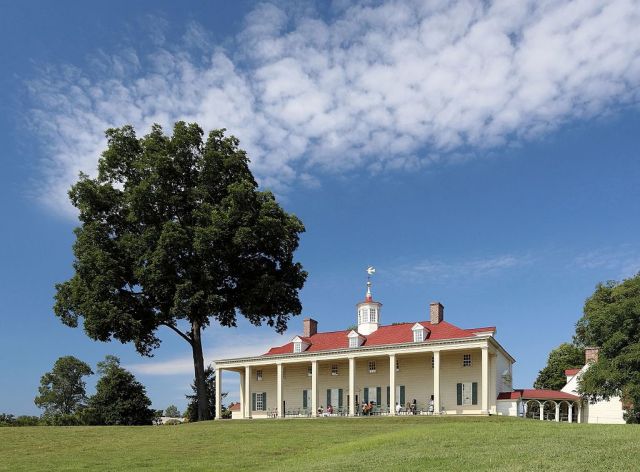
This just might be the place where your kids will say, “can’t we stay?” as there is so much to do in Mount Vernon. Step inside the first leader’s boots in the “Be Washington” interactive theater, visit the animals (including Ossabaw Island Hogs, Hog Island Sheep, Dominique Chickens and Red Devon Cattle), take the “Washington’s War” 20-minute 4D movie, enjoy lots of kids activities and crafts, cruise down the Potomac River or visit the Pioneer Farm just to name a few!
Good to know: The 4D movie is included with your admission and contains amazing effects like snow, fog, cannon shots and more to heighten the event.
Online: mountvernon.org
Eisenhower Historic Site – Gettysburg, PA
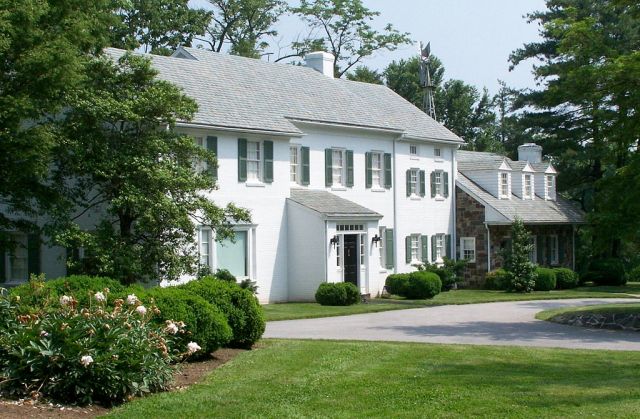
Dwight Eisenhower’s farm is now a historical site, encompasses nearly 700 acres, and just happens to be located next to a sorta famous battle zone (Gettysburg, anyone?). The house itself is very much the same as it was when the 34th President called it home, right down to the cattle in the barn. Take a “kids-only” virtual tour before visiting the real-life site, and let the kids join a ranger for a walk through downtown Gettysburg exploring Ike's life and times in the community.
Good to know: Historians ages 7-12 can become a Secret Service Agent and experience what it was like to guard President Eisenhower.
Online: NPS/gov/eise
Kehinde Wiley's Obama Portrait at The National Portrait Gallery, Washington D.C.
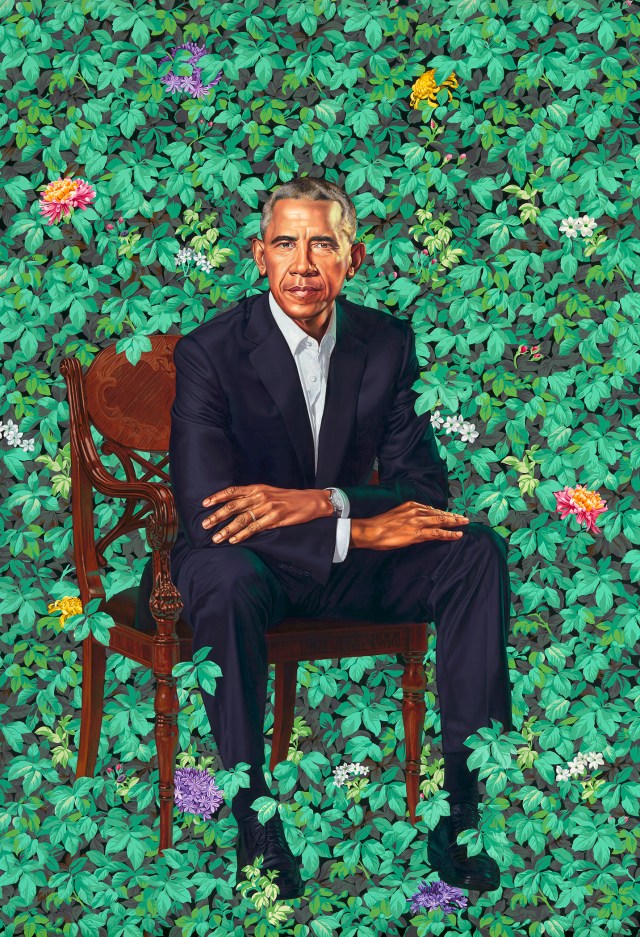
In February 2018 the Smithsonian National Portrait Gallery unveiled paintings of our 44th president, Barack Obama, and former First Lady, Michelle Obama, painted by two of the country’s most dynamic contemporary artists, Kehinde Wiley (Barack Obama) and Amy Sherald (Michelle Obama). You'll find Wiley's verdant portrait of Obama's in the Hall of Presidents. If you haven't seen it, you won't miss it: he's set against a beautiful backdrop of greenery and symbolic flowers: African blue lilies (representing his father's birthplace of Kenya); jasmine for Hawaii—where Obama was born—and mums, which are the city flower of Chicago, where Obama began his career in politics (and met Michele).
Colorado State Capitol – Denver, CO
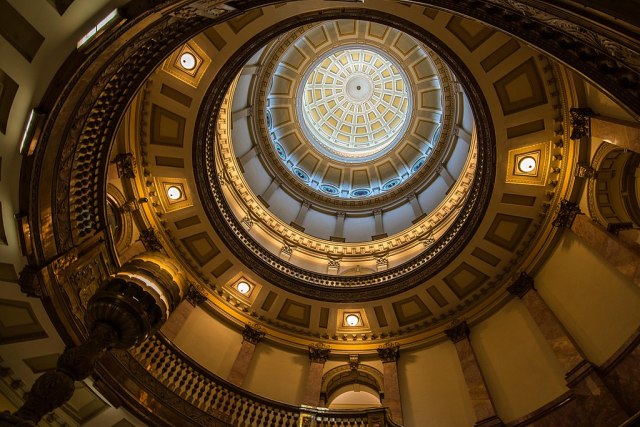
On your next trip to Denver, throw a little art appreciation in with your real-life history lesson. Take a (free) tour of the impressive capitol building and head for the third floor, where you’ll find hand-painted portraits of every United States President. Afterward, take the 100 steps up into the dome to enjoy a 360-degree view of Denver and the nearby Rocky Mountains. Even your little geologist will be excited about a tour of this impressive building: the entire known supply of rose onyx (a rare stone found in a Colorado quarry) was used in the interior design.
Online: coloradocapitolart.colorado.gov
George W. Bush Presidential Center – Dallas TX
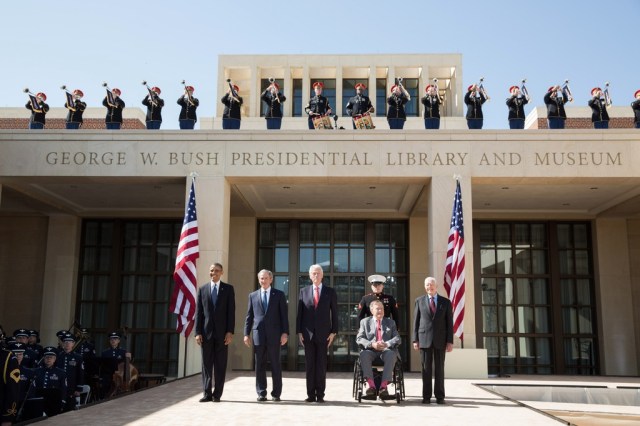
Dallas is home to more than one interesting presidential spot. The George W. Bush Presidential Center, located on the Southern Methodist University Campus, houses both the library and museum dedicated to the legacy of the United State’s 43rd Commander in Chief. Located on 23 acres (15 of which is an urban park dedicated to native plants of Texas), permanent museum exhibits include 43,000 gifts given to the President and First Lady while in office, a replica Oval Office, the Life in the White House Exhibit—kids will love learning about the First Pets—and Freedom Hall. Special exhibits are also impressive and have included topics ranging from Black History Month to the Bill of Rights. If you're in Dallas for the holidays, don't miss the annual Bush Family Christmas exhibit—it's a holiday tradition.
Online: georgebushlibrary.smu.edu
Theodore Roosevelt National Park – Medora, ND
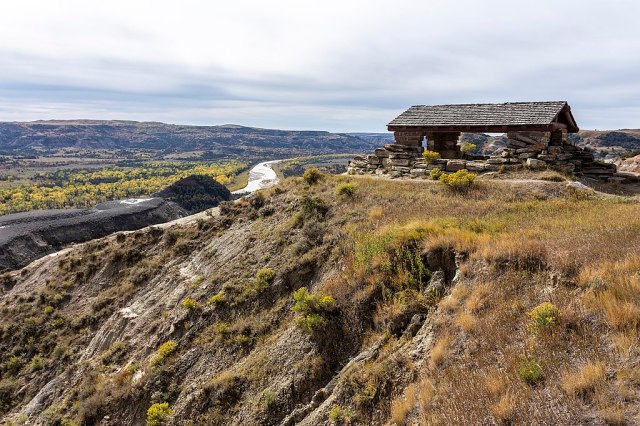
When Teddy Roosevelt set foot in this stark and rugged region of North America in 1883, it forever changed his perspective (and later on, our country) on the conservation and preservation of wild spaces. You’ll want to head straight for the South Unit Visitor Center, near the town of Medora, which offers a museum filled with historical artifacts. The Maltese Cross Cabin, Roosevelt’s first ranch cabin, is right next door, and still contains items that belonged to the 26th President of the United States. Be sure to also check out Elkhorn Ranch Site, where he developed his passion and ideas regarding the importance of land conservation. Afterward, get your own kids excited about the National Park system by camping under the stars, exploring the miles of hiking trails and waterways, fishing, horseback riding and more.
Online: nps.gov/thro
The Ronald Reagan Presidential Foundation & Library – Simi Valley, CA
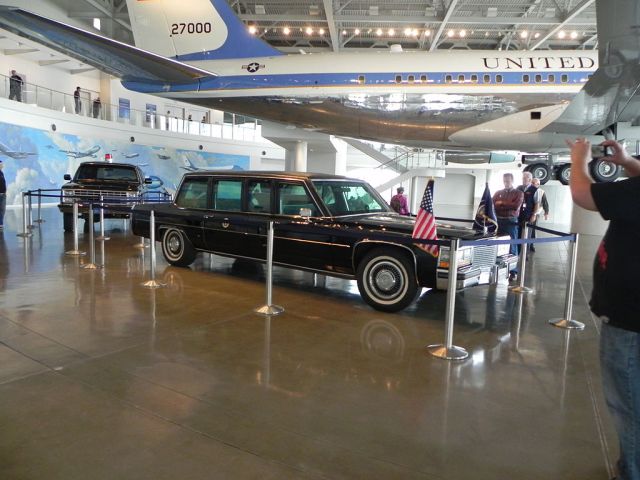
If helping to set the table for a White House state dinner, or acting beside the president in a movie doesn’t grab the attention of your little one, the impressive collection of NFL memorabilia and the inside of a REAL (yes, the entire plane!) Air Force One ought to do the trick. History buffs will want to sneak a peek at the section of the Berlin wall on permanent display.
Good to know: Pack a picnic for this one! There are nice tables on the outside grounds that offer up amazing views of the rolling California hills.
Online: reaganfoundation.org
The Disneyland Story presenting Great Moments with Mr. Lincoln – Disneyland, CA
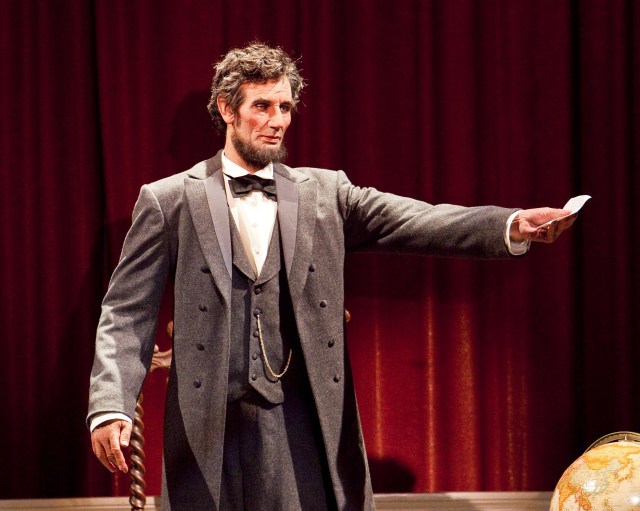
So why you’re visiting the “happiest place on earth,” be sure to take a turn down Main Street U.S.A and head on over to hear the famous audio-animatronic give a speech by Lincoln. The presentation begins with a short film telling the story about the journey of Abraham Lincoln from his birth in a log cabin to the White House. Then, “Abraham” stands and speaks. Although originally created in 1964, this “Abraham” is newer where every detail is presented as realistically as possible. Even Lincoln’s own life mask was used to create his face.
Good to know: Your kids can get a secondary history lesson while aboard the Sailing Ship Columbia, a full-scale replica of a majestic ship from the 18th century.
Online: disneyland.disney.go.com
Monticello – Charlottesville, VA

I bet you’ve heard of Mount Vernon, but have you heard of Monticello? The homestead of Thomas Jefferson is down the road from Washington’s place (about two hours), but it’s a world away when it comes to tiny visitors. In the Griffin Discovery Room, kids will learn about what life was like in the early 1800s, create secret codes on a wheel cipher, and even try out a polygraph machine based on one once owned by the third President. Write with a quill in the Mountaintop Hands-on Activity Center, or play a good old-fashioned game of tag on the huge front lawn. For those who want to enjoy the surrounding area, the trail at Monticello is part of central Virginia’s largest park and is stroller-accessible.
Good to know: There are family-friendly tours offered for parents with kids ages 5-11 in tow.
Online: monticello.org
Ulysses S. Grant National Historic Site and Grant’s Farm – St. Louis, MO

The historic site offers a Junior Ranger program for kiddos ages five and up. If your little adventurer tackles all the tasks, which includes activities throughout the house, exploring the museum, and visiting with park staff, she’ll be sworn in as a Junior Ranger complete with a special badge!
Grant’s Farm down the road is fun for everyone. Once partially farmed by Ulysses S. Grant before his stay in the White House, and then the ancestral home of the Busch family (yup, as in Bud Light), the tourist favorite is now styled as a 19th Century Bavarian farm complete with a tier Garten housing tortoises, wallabies, zebras, pony rides, a carousel and more.
Good to know: There’s still historical stuff on the property, including Hardscrabble Cabin, built by the 18th President himself.
Online: grantsfarm.com
John F. Kennedy Presidential Library and Museum – Boston, Ma

JFK is one of the country’s most loved and studied presidents, so it’s no surprise his museum is one of the coolest to visit, especially with kids. Enjoy permanent hands-on exhibits like Stranded at Sea, and Race for Space, travel the road to the White House with Kennedy on the 1960 campaign trail (virtually, of course) and check out the special events: puppet theatre, Irish dancing, music and more.
Good to know: The building itself isn’t too shabby, either. Designed by architect I.M.Pei and located on 10 acres, it offers up killer views of downtown Boston, picnic tables and lots of grass for little legs to run.
Online: JKFLibrary.org
Lincoln Presidential Library and Museum and The Lincoln House – Springfield, Il
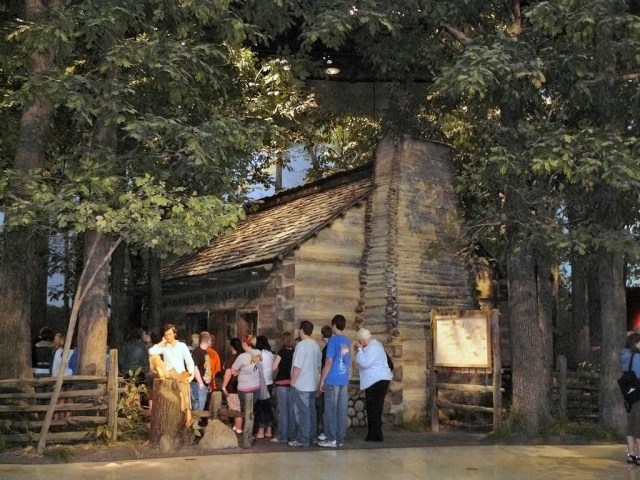
Take a trip back in time as you explore the historic Lincoln neighborhood, learn about the underground railroad, and write about what it would be like to travel down the Mississippi River on a flatboat. At the Lincoln Museum, head for Mrs. Lincoln’s Attic, a hands-on area for kids of all ages. Little history buffs can try on Lincoln’s suit or Mary’s dress, put on the uniform of a Civil War soldier and rearrange the furniture in the Lincoln Home dollhouse.
Good to know: If you decide to hit up the Lincoln House, leave the strollers outside and be ready for a wait (up to two hours!) to tour this popular Prez pad.
Online: nps.gov/liho and Illinois.gov/alplm
The Muppets and The Hall of Presidents – Magic Kingdom, FL
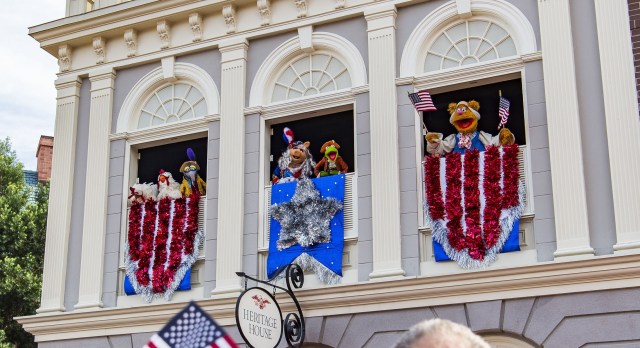
The larger and grander version of Great Moments with Mr. Lincoln is held at the Hall of Presidents found in Liberty Square where the president is joined on stage by every other U.S. president in history, including President Trump. The presentation begins with a short film about American history followed by Lincoln giving the Gettysburg address. If this all sounds too high-brow for your kids, warm them up with The Muppets Present ... Great Moments in American History by providing funny sketches and songs that are “mostly” correct.
Good to know: When you hear the Town Crier calling, gather ‘round outside The Hall of Presidents and look up. Kermit the Frog, Miss Piggy, Fozzie Bear and The Great Gonzo will soon appear at the windows of the colonial facade to bring America’s stories to life as only they can.
Online: disneyworld.disney.go.com
Washington D.C.
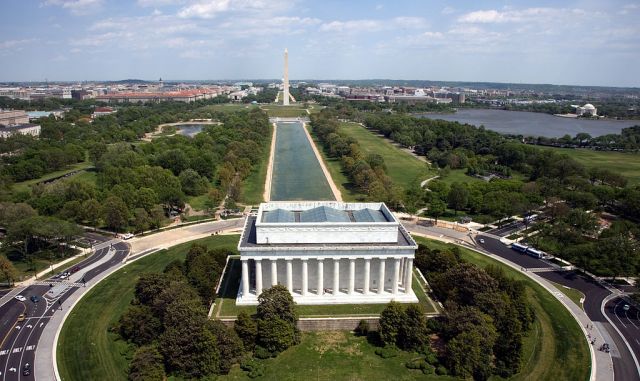
No doubt, our nation’s capital is the top dog when it comes to cool spots to bone up on Presidential knowledge. From the Washington and Jefferson memorials to the White House, Lincoln's Cottage and the Capitol building itself, there’s no end to the adventure. For the absolute best of D.C. with kids, check out our insider’s guide here.
President William McKinley Library and Museum – Canton, OH
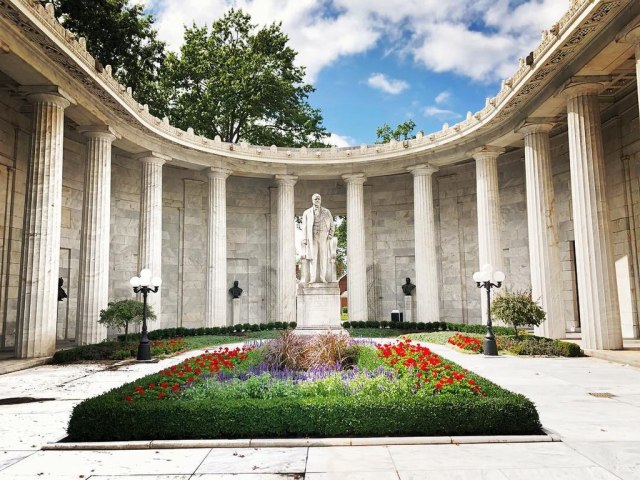
Not only are there kid-friendly special exhibits (currently vintage toys) at the President William McKinley Library & Museum, but thanks to the science-loving 25th President, there’s also Discovery World, featuring tons of stuff for the handsy set including a DIY tornado station and Ecology Island. The Hoover-Price Planetarium, also in the library, has a 65-seat theater that offers weekend galactic adventures perfect for kids ages 5 and up.
Good to know: Be sure to check out the animatronic President and First Lady while making the rounds through the library exhibits.
Online: Mckinleymuseum.org
The Hermitage - Nashville, TN

Andrew Jackson’s Hermitage has the distinction of being one of the best Presidential Sites according to USA Today. Here you can explore the whole grounds including the mansion and exhibit gallery. Take part in the self-paced, self-guided audio tour of the gardens, grounds, the farmland formerly known as The Hermitage Plantation and other buildings. The “must-see” here is the “Andrew Jackson: Born for a Storm” interactive exhibit that focuses on three stages of Jackson’s life—living as an orphan, a general and finally the president.
Good to know: Upgrade your experience with the President’s Tour that includes an upgraded device that offers period images, maps of the property and an interactive timeline.
Online: thehermitage.com
Betsy Ross’ House - Philadelphia, PA
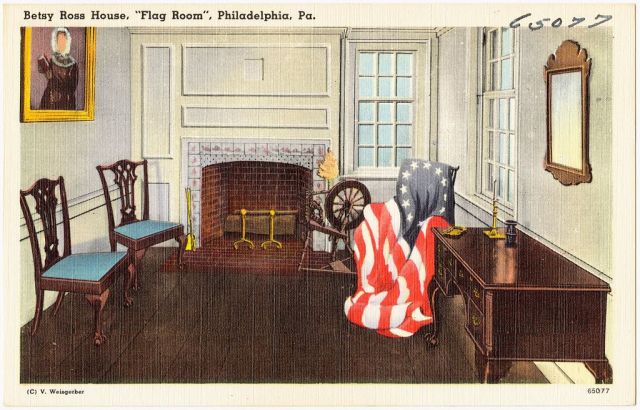
Visit the 300-year-old home of the woman who is known for sewing the first Stars & Stripes. While you can take the regular self-guided tour, spring for the extra $2 to take in the audio tour which has its own kids’ version that they can partake in solving 13 “history mysteries.” Then, meet Betsy herself in her upholstery shop. Kids can ask her just about anything, except maybe her age. That would be rude. Be sure to visit the newer exhibits too!
Good to know: Franklin Square’s mini golf and carousel are a fun option to tack on to your visit.
Adams National Historical Park – Quincy, MA
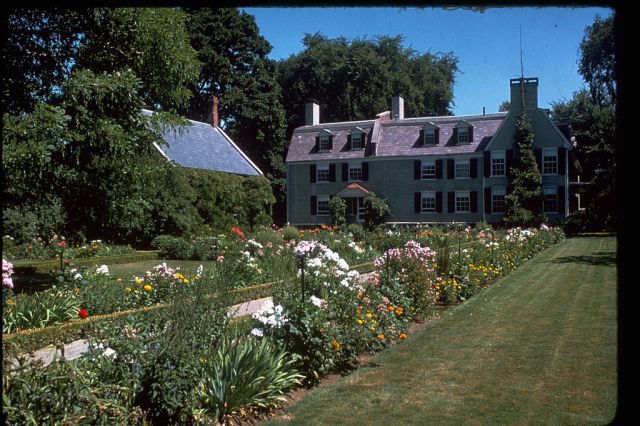
It’s two presidents for the price of one as Adams National Historical Park was home to both second president John Adams and 6th president, John Quincy Adams, were born. The site features both homes that they were born in as well as the separate Adams family home and the stone library which includes over 12,000 books owned by the family. Park your car and then ride the trolley to view each place.
Good to know: The park offers a special Junior Ranger activity book to help kids get more out of their visit. Complete the challenges during the tour and then return it to receive a badge and certificate commissioning your kid as a Junior Park Ranger.
Online: nps.gov/adam
Independence Hall - Philadelphia, PA
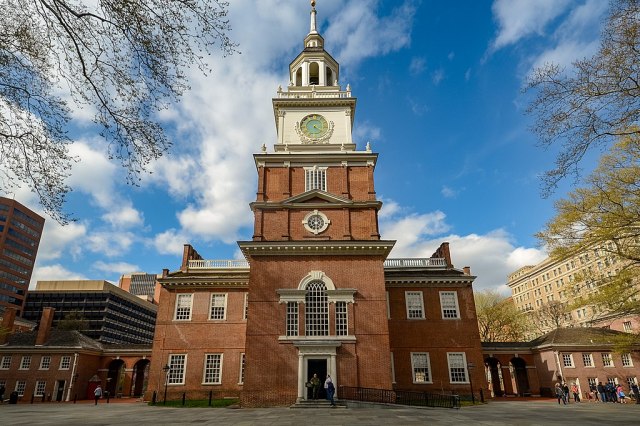
Imagine standing in the very same place where the Declaration of Independence and the U.S. Constitution were signed. You can, and free too! A guided tour is given by National Park rangers which begins in the courtroom. Be sure to see George Washington’s “rising sun” chair in the Assembly Room and the actual stand used to sign the Declaration of Independence in the West Wing.
Good to know: Although free admission, tickets are required and can be picked up the morning you want to attend at the Independence Visitor Center first come, first served.
Online: visitphilly.com
The American Adventure – Epcot, FL
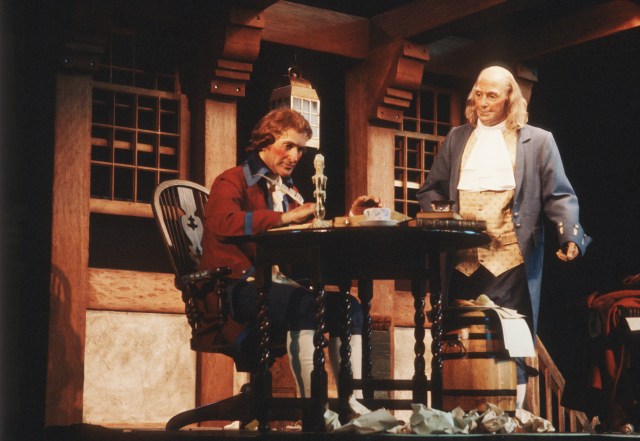
Smack dab center of Epcot’s World Showcase sits The American Adventure, a 30-minute long multi-media presentation using various audio-animatronic characters, namely Benjamin Franklin and Thomas Jefferson, telling a short presentation on America’s history. The show features 35 Audio-Animatronics figures retelling events like the landing of the Mayflower, the Boston Tea Party, the winter at Valley Forge, the penning of the Declaration of Independence, the Civil War, industrialization and the Great Depression and more. Along the way, you’ll also meet such luminaries as Susan B. Anthony, Alexander Graham Bell, Chief Joseph, Frederick Douglass, John F. Kennedy, Martin Luther King Jr., Will Rogers and Teddy Roosevelt.
Good to know: While visiting the American Adventure Pavilion, take time to explore the new American Heritage Gallery and learn about traditional Native influences.
Online: disneyworld.disney.go.com
Mount Rushmore – Keystone, SD
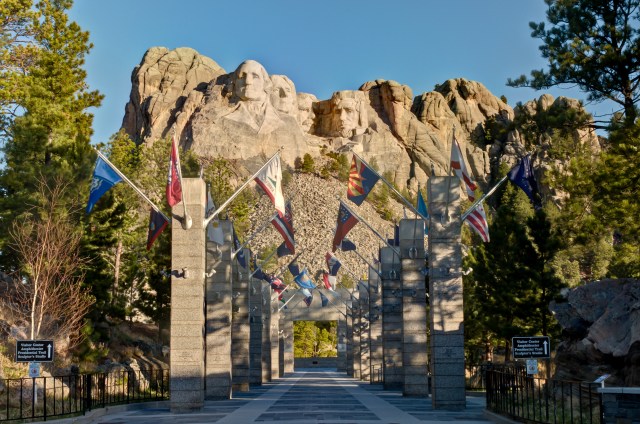
On the scale of national history and pride, when it comes to Mount Rushmore, it’s go big or go home. Stroll through the Avenue of Flags, and see one for every state, territory and province. There’s an audio tour, and the chance to hike the presidential trail that winds its way around the monument (FYI: not all of the trail is stroller accessible). There are information kiosks along the way, and be sure to have the kids get Junior Ranger passport stamps— the monument is part of the National Park Service.
Good to know: Don't forget to check out the Presidential Wax Museum down the road in Keystone!
Online: NPS.gove/moru
— Jeff Totey with Gabby Cullen
*KEHINDE WILEY,
Barack Obama, 2018
oil on canvas
92 1/4 x 65 3/4 in
© 2018 Kehinde Wiley
Courtesy: National Portrait Gallery, Smithsonian Institution
The National Portrait Gallery is grateful to the following lead donors for their support of the Obama portraits: Kate Capshaw and Steven Spielberg; Judith
Kern and Kent Whealy; Tommie L. Pegues and Donald A. Capoccia.Courtesy: National Portrait Gallery, Smithsonian Institution. The National Portrait Gallery is grateful to the following lead donors for their support of the Obama portraits: Kate Capshaw and Steven Spielberg; Judith Kern and Kent Whealy; Tommie L. Pegues and Donald A. Capoccia.
RELATED STORIES:
15 REAL (Not Fake) Presidential Facts
W Is for Washington: 8 Awesome Things About the First U.S. President
Don’t Call Him Abe: 10 Cool Things to Know About Abraham Lincoln






